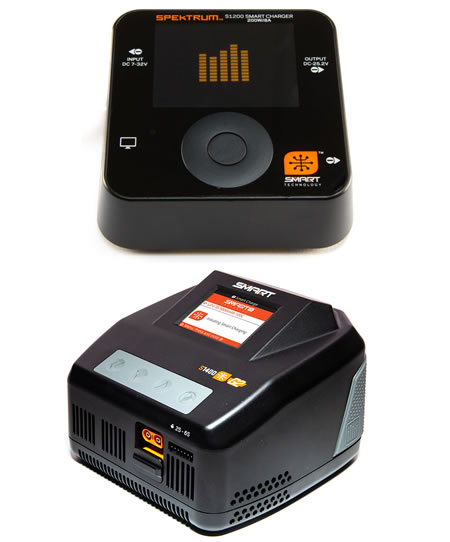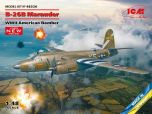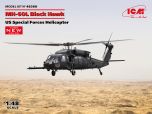ICM 1/48 Airfield of the Luftwaffe Bomber Group Heinkel He-111H-3 # DS4805
The airfields used by the Luftwaffe’s bomber groups operating the Heinkel He-111H-3 were critical operational bases that played a central role in German air campaigns during World War II.
These airfields were strategically located to maximize the range, payload, and impact of the He-111H-3 bombers, which were widely used in the Blitz and other bombing raids across Europe.
1. Strategic Location and Layout:
Location: Luftwaffe bomber airfields were established in occupied territories or within Germany itself, often near the western and eastern fronts, allowing the bombers to reach key targets across Europe. Some prominent airfields were located in France, the Netherlands, and Norway for operations against the United Kingdom.
Runways and Facilities: These airfields featured long, reinforced runways to accommodate the take-off weight of fully loaded He-111H-3 bombers, which carried up to 2,000 kg (4,400 lbs) of bombs. Taxiways, dispersal areas, and revetments (protected parking bays) were designed to shield the aircraft from Allied air raids.
Infrastructure: Hangars for maintenance, fuel storage facilities, bomb storage bunkers, and crew quarters were essential components. The layout was typically dispersed to reduce the vulnerability of the airfield to enemy attacks.
2. Operational Support and Personnel:
Crew and Staff: Each He-111H-3 bomber had a crew of five, including the pilot, co-pilot/navigator, bombardier, radio operator, and rear gunner. The airfield supported these crews with briefing rooms, planning offices, and navigation centers.
Maintenance and Armament Teams: Ground crews worked around the clock to keep the He-111H-3s operational. These teams included mechanics, armorers, and fuel handlers who were responsible for refueling, arming, and repairing the aircraft after each mission.
Weather and Reconnaissance: Due to the reliance on clear conditions for bombing accuracy, meteorological teams and reconnaissance units played a crucial role. They would assess weather conditions and brief pilots on any relevant intelligence about enemy defenses.
3. Defensive Measures:
Anti-Aircraft Defenses: These airfields were fortified with anti-aircraft guns (such as the Flak 38) and machine-gun emplacements to protect against Allied air raids. Searchlights and radar installations helped detect incoming enemy planes.
Camouflage and Concealment: In order to reduce visibility from aerial reconnaissance, airfields used camouflage netting and painted patterns on runways and hangars. Some were even “dummy” airfields with decoy aircraft to mislead enemy bombers and minimize damage to real assets.
4. Role in Heinkel He-111H-3 Operations:
The Heinkel He-111H-3 was the backbone of the Luftwaffe’s bomber fleet in the early years of WWII. These airfields served as launching points for the He-111H-3s during the Blitz over Britain, as well as bombing campaigns on the Eastern Front, and strategic missions across the Mediterranean.
Crews would plan and prepare for missions targeting factories, railways, ports, and military installations. After each mission, the bombers would return to these airfields to refuel, re-arm, and receive any necessary repairs.
5. Legacy and Historical Impact:
Luftwaffe airfields used by He-111H-3 bomber groups were critical to Germany’s initial successes in strategic bombing, though their vulnerability became increasingly apparent as the Allies improved their reconnaissance and bombing capabilities.
Many of these airfields later became key targets for Allied forces as they worked to dismantle Germany’s air capabilities and reduce the effectiveness of Luftwaffe operations.
These airfields, though functional and militarized, also became focal points for some of the heaviest fighting and bombing in occupied Europe.
They underscore the logistical complexity and scale of operations required to maintain and operate the Luftwaffe’s Heinkel He-111H-3 bombers across multiple theaters of war.


Did you know we are the UK's largest GodHand Tools stockist and official UK distributor!
Check out their amazing Ultimate Nipper 5.0, which is the best Nipper on the market.
All Godhand tools are available for next-day delivery.





















 Spread the cost with Paypal Credit
Spread the cost with Paypal Credit
 Spread the cost with Klarna
Spread the cost with Klarna






























